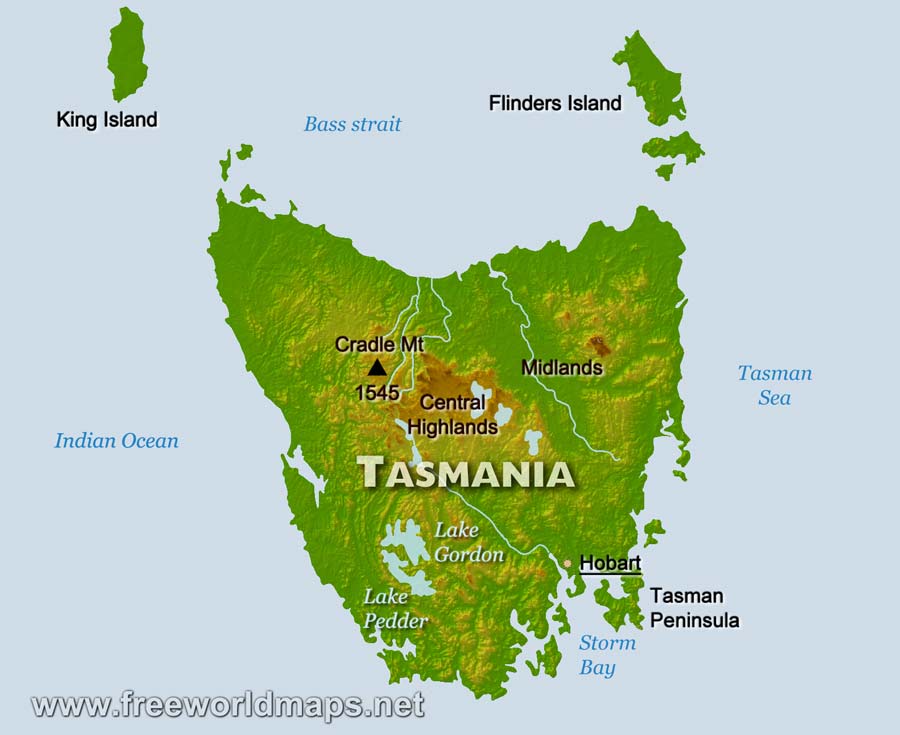The islands of Tasmania and El Hierro tried to power their economies with 100 percent green energy, but both islands eventually went back to diesel generators after suffering reliability problems and soaring energy costs.
These islands may be on opposite sides of the Earth, but they  became poster children for environmentalists campaigning for countries to ditch fossil fuels. The fact remains that Tasmania and El Hierro saw their energy sectors become costly failures after going green, according to the free market Institute for Energy Research (IER) published Thursday.
became poster children for environmentalists campaigning for countries to ditch fossil fuels. The fact remains that Tasmania and El Hierro saw their energy sectors become costly failures after going green, according to the free market Institute for Energy Research (IER) published Thursday.
“One of the biggest reasons that natural gas, oil, and coal are the world’s most-used energy resources is because they are incredibly reliable,” Daniel Simmons, vice president for policy at IER, told The Daily Caller News Foundation. “By the same token, wind struggles to compete with conventional fuels because it is inherently unreliable.”
Tasmania, off Australia’s southern coast, has generated most of its electricity from hydropower and other green energy sources for more than a century. The island currently has 30 hydropower stations, supported by three wind farms. However, these sources proved to be unreliable due to weather, mismanagement, and technical issues. To make matters worse, the cable which allowed Tasmania to purchase electricity from Australia broke in December.
The island’s hydropower has been hurt by an extended dry period. Water reserves fell from 50.8 percent in November of 2013 to the current record low of 14.8 percent. Tasmania is so desperate for water, the island has even resorted to seeding clouds for rainfall. Tasmania energy system simply wasn’t able to keep up with rising demand for power, and they’ve been forced to shut down portions of the island’s industry and purchase 20 portable diesel generators to keep the lights on at a set-up cost of $44 million.
“Hydropower is an important part of our energy mix, but Tasmania’s energy crisis shows that even hydro can suffer from an extended period of adverse weather,” Simmons said.
El Hierro, one of the Canary Islands off North Africa’s coast, replaced its diesel power plant with a hybrid wind power and pumped hydro storage system worth $94 million.
El Hierro was supposed to be the poster child for 100 percent green energy. The island, located in the Spanish Canary Islands, replaced its diesel power plant with a hybrid wind power and pumped hydro storage system worth $94 million in 2014. The system has only been active since June of 2015.
The expensive system, however, provided an unpredictable amount of power and couldn’t even electrify the entire island. For example, during the high-wind period in the summer of 2015 the island got 51.7 percent of its power from the system, but a low-wind period in December saw the system generate a mere 18.5 percent of the island’s electricity. The sheer unpredictability of the system damages the island’s electrical grid and forces the island to rely on the diesel power it was supposed to replace.
The IER analysis estimates that it would take 84 years for El Hierro’s wind and hydropower system to simply payback its capital costs.
“Using ‘100% renewables’ is great for PR, but bad for people who suffer the consequences: higher energy costs and less reliable power,” Simmons concluded.
This article originally appeared in The Daily Caller; map of Tasmania courtesy of FreeWorldMaps — http://www.freeworldmaps.net/australia/tasmania/map.html

These things happen when naive elected officials believe the misinformation of radical ENGOs. Hard to say whether these ENGOs really believe their lies, or not.
“The IER analysis estimates that it would take 84 years for El Hierro’s wind and hydropower system to simply payback its capital costs.” Which doesn’t account for the fact the machines won’t last that long and will need replacement. Wind energy machines are maintenance nightmares. But, that’s okay, because the energy source is free.
“The IER analysis estimates that it would take 84 years for El Hierro’s wind and hydropower system to simply payback its capital costs.” Which doesn’t account for the fact the machines won’t last that long and will need replacement. Wind energy machines are maintenance nightmares. But, that’s okay, because the energy source is free.
Ahh but they Dano and his super grid that defies ohms law to rescue them.